Recyclable Pouch Packaging: The Future of Sustainable Flexible Packaging
The global packaging industry is at a crossroads, and recyclable pouch packaging is leading the charge toward a more sustainable future. As consumers and regulators demand eco-friendly solutions, recyclable pouch packaging has emerged as a game-changer, offering a viable alternative to traditional single-use plastics. From recyclable coffee bags to paper stand up zipper pouches, these innovations are redefining how we think about packaging. But what makes recyclable pouch packaging truly sustainable, and how is it transforming industries? Let’s explore the latest trends, challenges, and breakthroughs in this dynamic space.
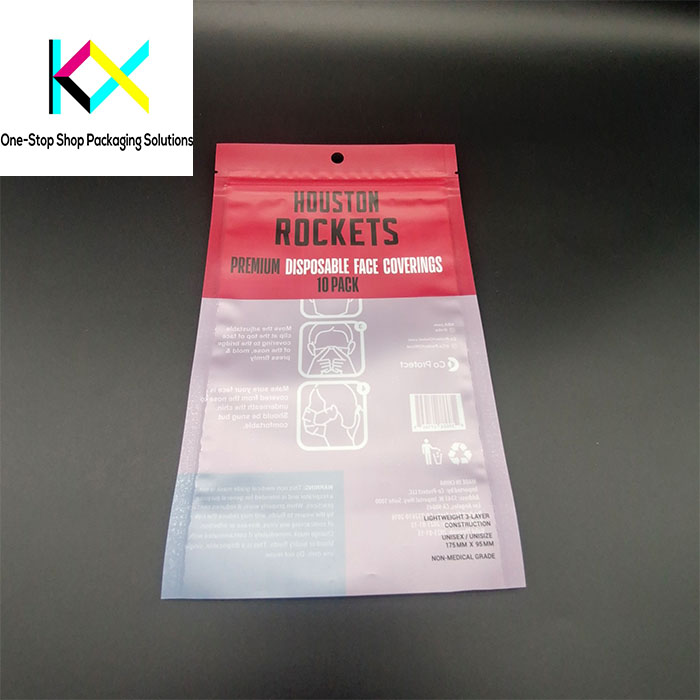
The Rise of Recyclable Solutions
The demand for recyclable pouch packaging has surged as brands seek to reduce their environmental footprint. Unlike traditional multi-material pouches, which are difficult to recycle, recyclable stand up pouches are designed with mono-material structures that can be easily processed in existing recycling streams. For example, Dow’s RecycleReady™ technology uses polyethylene (PE) to create recyclable coffee bags that meet APR (Association of Plastic Recyclers) certification standards.
Recent advancements are pushing the boundaries of what recyclable pouch packaging can achieve:
High-barrier mono-materials: Companies like Amcor are developing PE-based films with SiO₂ coatings that provide oxygen and moisture barriers comparable to traditional multi-layer structures.
Paper-based hybrids: Paper stand up zipper pouches combine the recyclability of paper with the functionality of plastic zippers, offering a sustainable option for dry goods like cereals and snacks.
Smart recycling labels: QR codes on recyclable stand up pouches guide consumers on proper disposal, reducing contamination in recycling streams.
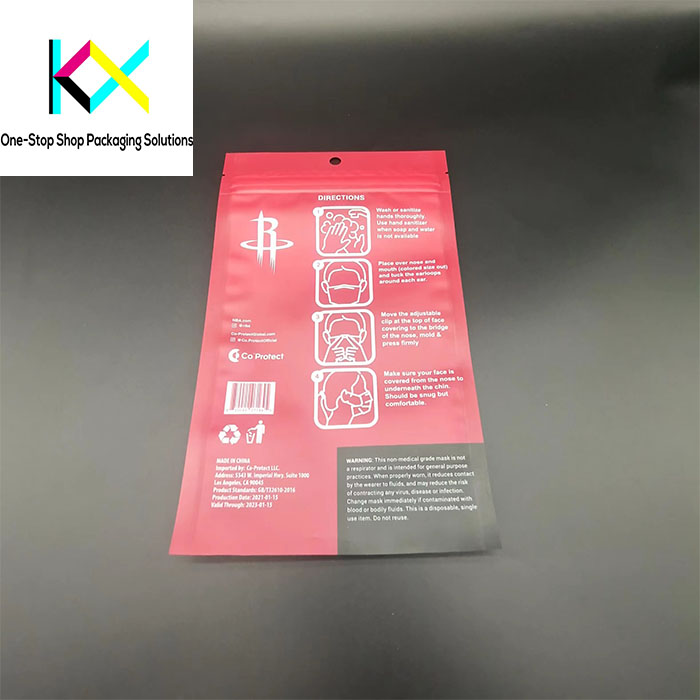
Compostable Alternatives: A Complementary Approach
While recyclable pouch packaging dominates the sustainability conversation, compostable food packaging bags are gaining traction in specific applications. These bags, made from materials like PLA or PBAT, break down into water, CO₂, and biomass under industrial composting conditions. However, they face challenges in regions lacking composting infrastructure.
Innovations in compostable food packaging bags include:
Marine-degradable films: Algenesis’s Solaplast dissolves in seawater within 24 weeks, addressing ocean plastic pollution.
Edible adhesives: Mori’s chitosan-based glues allow compostable food packaging bags to transform into fertilizer when buried.
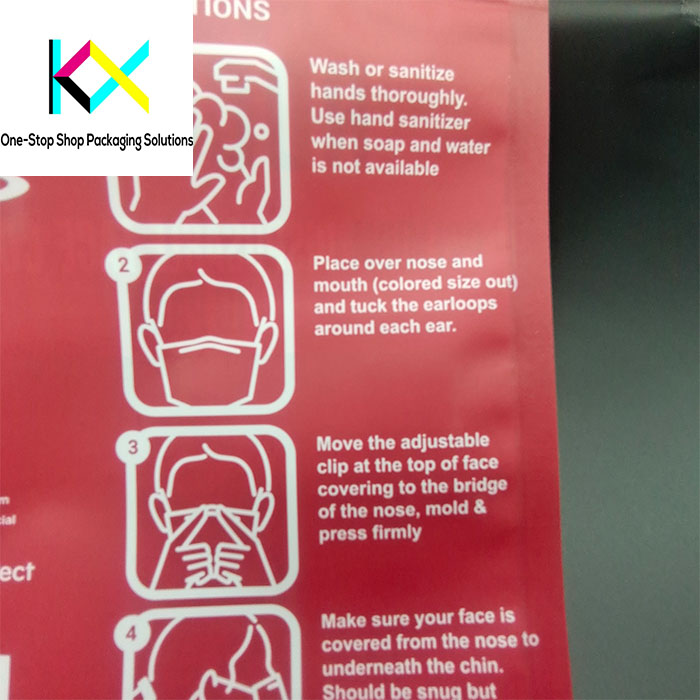
Balancing Functionality and Sustainability
One of the biggest challenges for recyclable pouch packaging is maintaining product freshness while meeting sustainability goals. Traditional multi-layer pouches offer superior barrier properties but are difficult to recycle. Innovations are bridging this gap:
Active oxygen scavengers: Embedded iron particles in recyclable coffee bags extend aroma retention by 40%.
UV-blocking additives: Lignin nanoparticles protect sensitive products like vitamins without compromising recyclability.
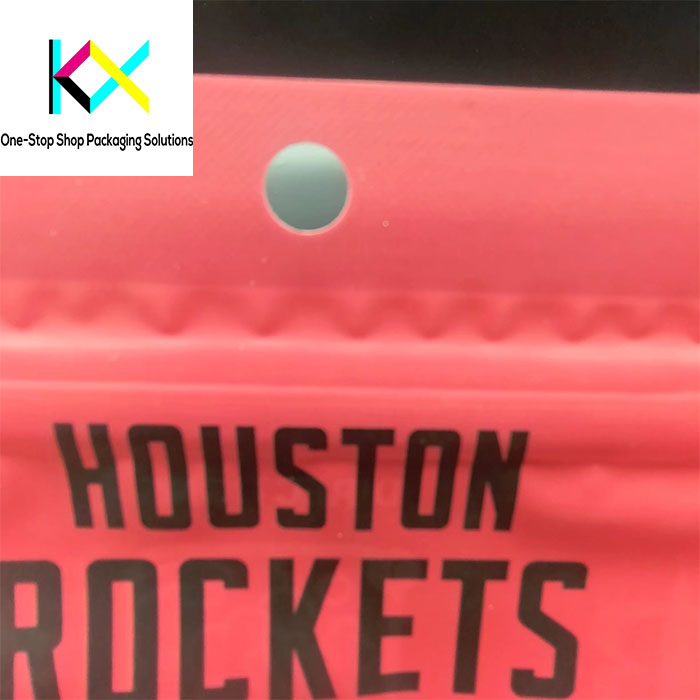
The Role of Paper in Sustainable Packaging
Paper stand up zipper pouches are emerging as a popular alternative to plastic, particularly for dry goods. These pouches combine the recyclability of paper with the convenience of zipper closures, making them ideal for products like granola, nuts, and pet food. Brands like Kellogg’s are adopting paper stand up zipper pouches to meet consumer demand for eco-friendly packaging.
Regulatory Pressures and Certification Challenges
As governments worldwide tighten regulations on single-use plastics, recyclable pouch packaging is becoming a compliance necessity. The EU’s Packaging and Packaging Waste Regulation (PPWR) mandates that all packaging be recyclable by 2030, pushing brands to adopt recyclable stand up pouches. However, navigating the certification maze is no small feat. Certifications like APR and RecyClass are essential to ensure that these pouches meet rigorous environmental standards.
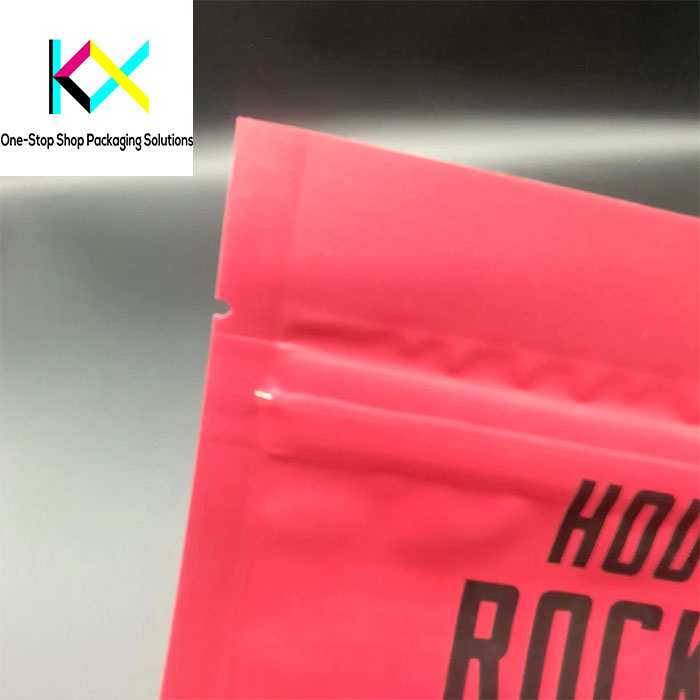
The Infrastructure Gap and Consumer Education
Despite the promise of recyclable pouch packaging, systemic challenges persist. Many regions lack the facilities to process mono-material pouches, forcing brands to rely on specialized recycling programs. Additionally, consumer confusion remains a significant barrier. A 2023 survey found that 68% of consumers mistakenly toss recyclable coffee bags into recycling bins without removing zippers or labels, contaminating recycling streams.
To address this, brands are turning to technology:
Blockchain tracking: QR codes on recyclable stand up pouches trace recycling progress, rewarding users with loyalty points for proper disposal.
AI-guided disposal apps: TerraCycle’s Scan2Recycle uses image recognition to educate consumers on how to dispose of recyclable pouch packaging correctly.
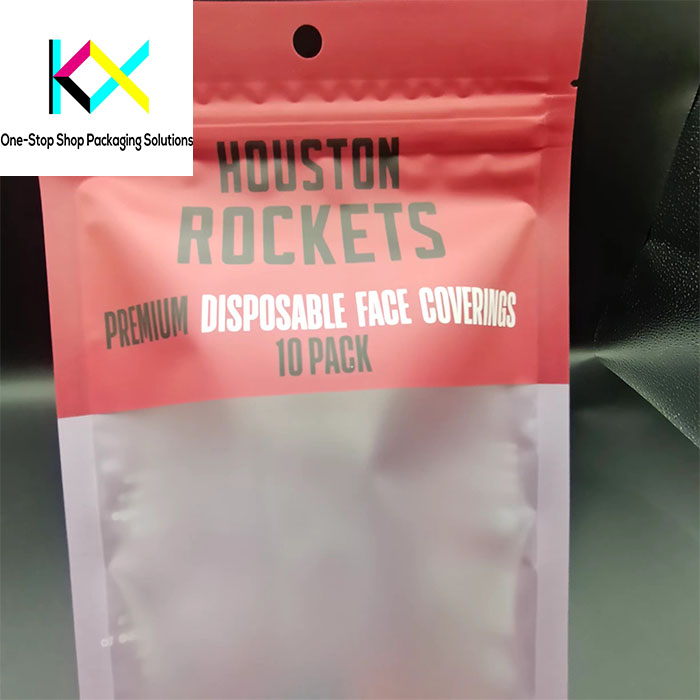
Future Frontiers: Beyond Recycling
The next generation of recyclable pouch packaging will blend smart tech with radical material science:
-
Self-degrading inks: Lactips’ enzyme-triggered prints accelerate decomposition when buried.
-
Mycelium-reinforced layers: Ecovative’s mushroom-root networks add tear resistance to paper stand up zipper pouches.
-
Carbon-negative materials: Coffee husk-based pouches sequester CO₂, as seen in Death Wish Coffee’s 30% emissions cut.
A Call for Transparency and Innovation
The journey toward authentic sustainability demands honesty and innovation. Brands must:
-
Ditch vague claims: Replace “recyclable” with specific certifications (e.g., APR).
-
Design for infrastructure: Prioritize regions with recycling facilities or invest in closed-loop partnerships.
-
Educate consumers: Use AR tutorials to demonstrate proper disposal of recyclable pouch packaging.
As legislation tightens and greenwashing scrutiny intensifies, recyclable pouch packaging is no longer a niche choice but a market imperative. From high-barrier mono-materials to blockchain-tracked recycling, the industry is proving that sustainability and performance can coexist—one properly certified pouch at a time.
You can visit our website to know more about our compostable pouch:
